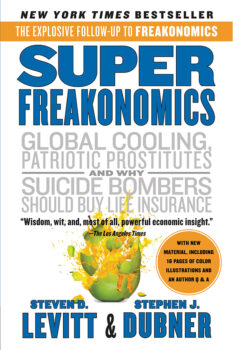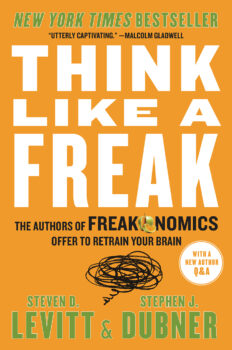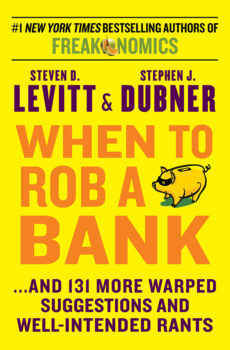What’s a Wall Street Executive's Wins Produced?
LeBron James was recently given his 4th Most Valuable Player award by 120 sportswriters. Well, at least 119 sportswriters agreed LeBron was MVP. Gary Washburn – of the Boston Globe – thought Carmelo Anthony was the league’s MVP in 2012-13.
It doesn’t take much effort to establish that LeBron was more valuable than Melo. The numbers tell us (numbers taken from theNBAGeek.com) that LeBron in 2012-13 was a much more efficient scorer from the field; and a better rebounder, passer, and shot blocker. LeBron was also better with respect to steals and personal fouls. Yes, Melo scored more. But that is just because Melo took many more shots than LeBron. Unfortunately, people tend to think that players who take many shots have a huge impact on outcomes in basketball (consequently, players have an incentive to take as many shots as their coaches and teammates will allow).
Although no other sportswriter shared Washburn’s view that Melo was MVP, 102 of the 120 voters thought Anthony was one of the five most valuable players in the league. So Washburn was not alone in his belief that Anthony is a “great” player.




